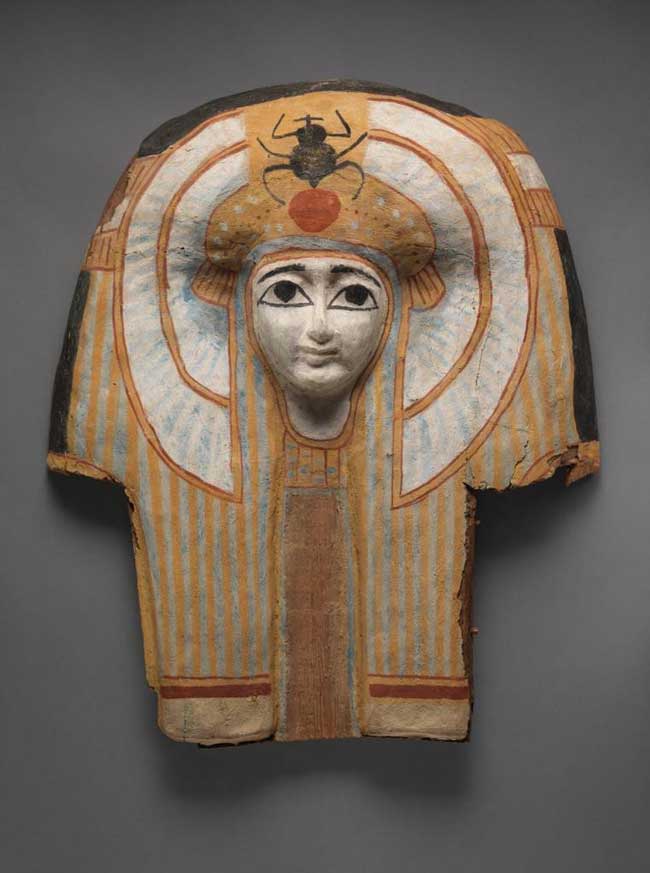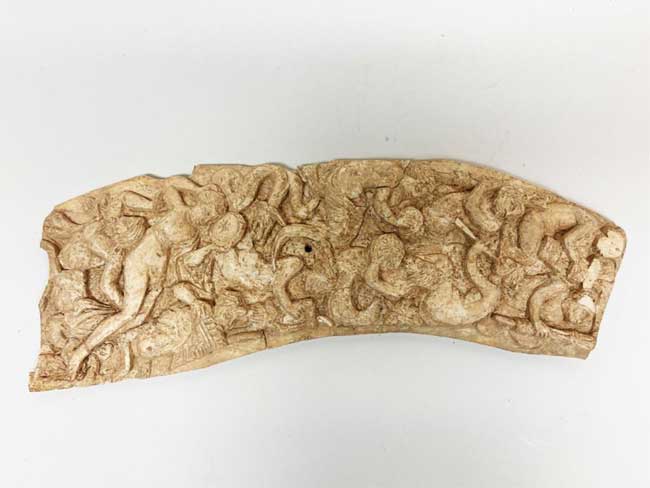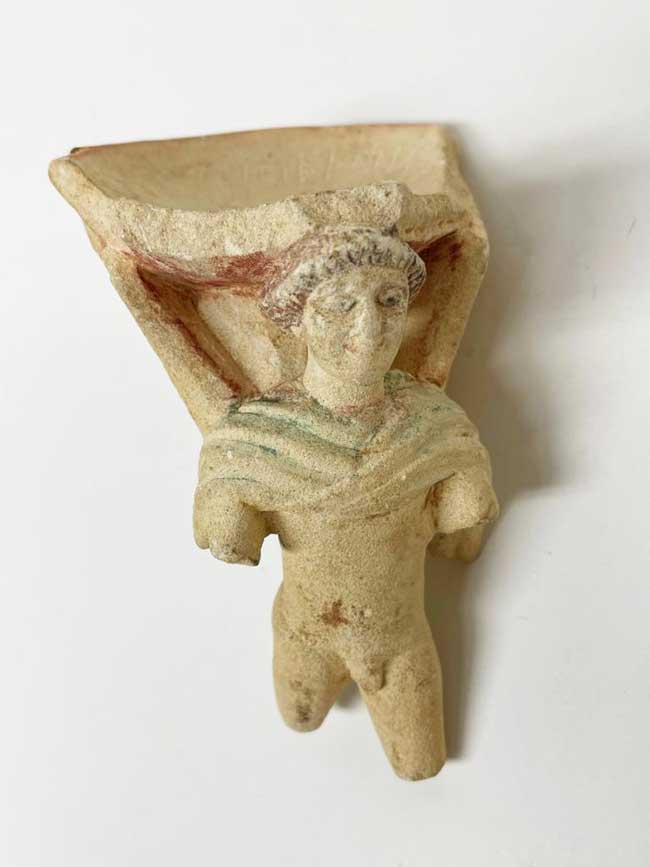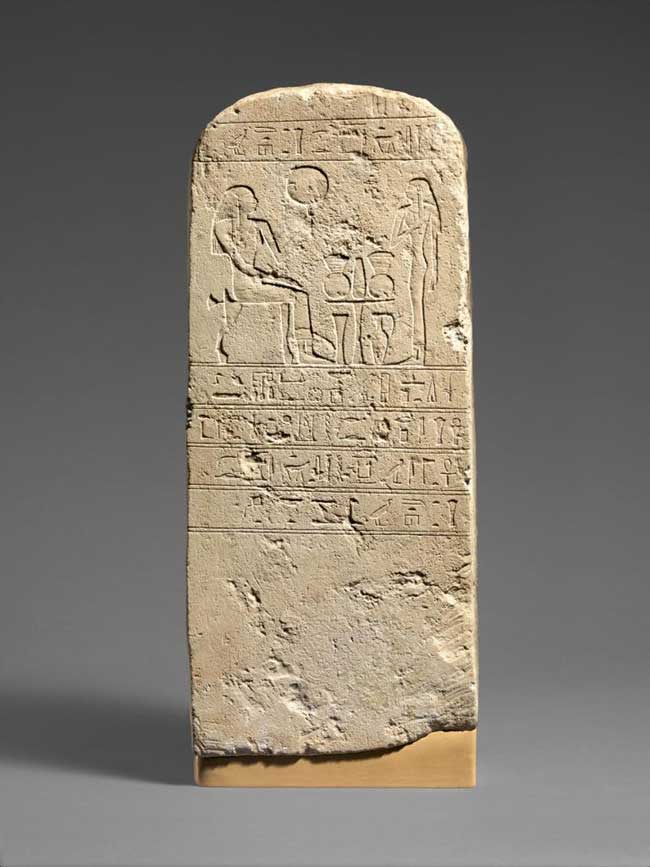Egypt to repatriate 16 artefacts recovered by authorities in the United States
Egypt is set to repatriate 16 artefacts that were stolen and smuggled out of the country after they were recovered by the authorities in the United States as part of their investigations into a major case of international trafficking in Egyptian antiquities.
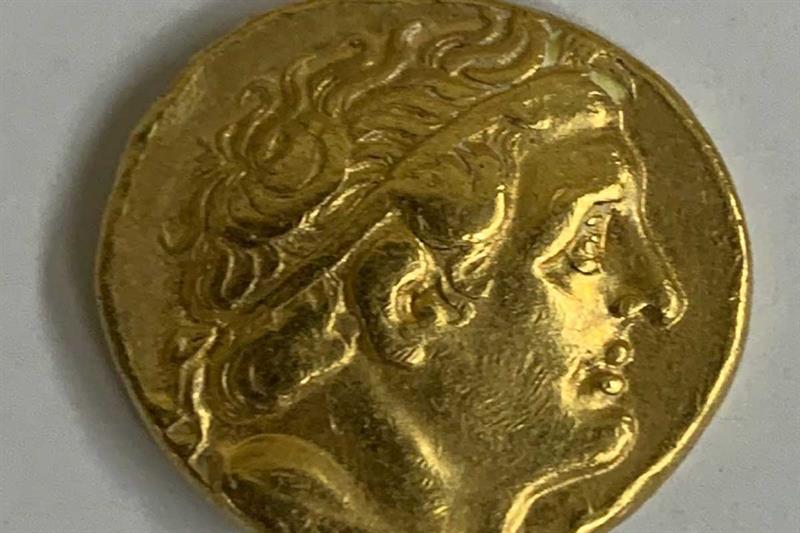
The repatriation of these stolen artefacts was made possible through a collaborative effort between the country’s Ministry of Tourism and Antiquities and Ministry of Foreign Affairs, on the one hand, and the Office of the Attorney General in New York, on the other hand, after the completion of all necessary investigations.
Shaaban Abdel-Gawad, the supervisor general of the Antiquities Repatriation Department at the Supreme Council of Antiquities, broke down the identity of the artefacts to be repatriated.
First, six artefacts were seized by the Manhattan District Attorney after they were recovered from the prestigious Metropolitan Museum of Art (The Met) in New York City during the ongoing major investigation into the smuggling of Egyptian antiquities to the United States and France.
The six include a part of a painted coffin depicting the facial feature of a lady; limestone relief engraved with hieroglyphic text and an offering scene; five linen Fragments of a wall illustrating the biblical Book of Exodus that date back to between 250 and 450 BC; a bronze statue of a famed musician named Kemes; and a portrait depicting a Roman-era lady in Fayoum.
Second, nine of the artefacts were seized after they were found in the unlawful possession of an American businessman.
The nine include distinguished ancient Egyptian objects and a Ptolemaic-era coin.
All recovered artefacts will be handed over to the Egyptian Consulate in New York within days in order to make their way back home.
In June, New York prosecutors announced seizing five Egyptian artefacts worth more than $3 million from the Met as part of an investigation into international trafficking in Egyptian antiquities involving Jean-Luc Martinez, the former president of the Louvre museum, who was charged in May with complicity in fraud.
